Astronomers Uncover Universe's Most Pristine Star: A Time Capsule from the Past
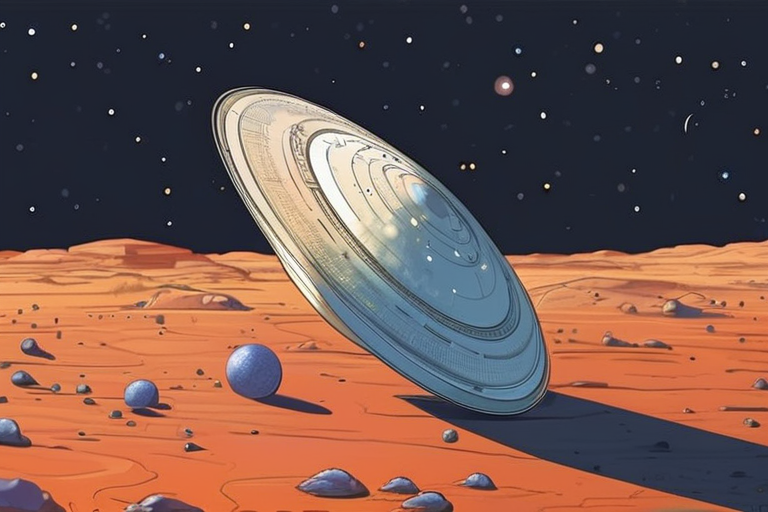

Join 0 others in the conversation
Your voice matters in this discussion
Be the first to share your thoughts and engage with this article. Your perspective matters!
Discover articles from our community
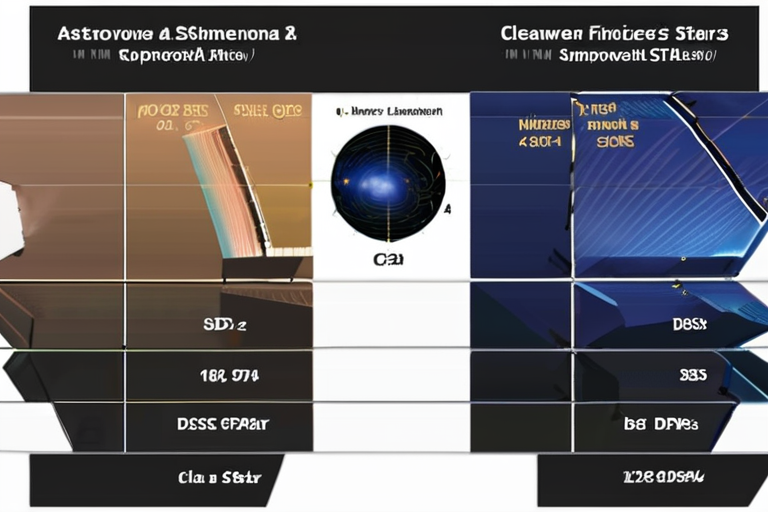
 Hoppi
Hoppi
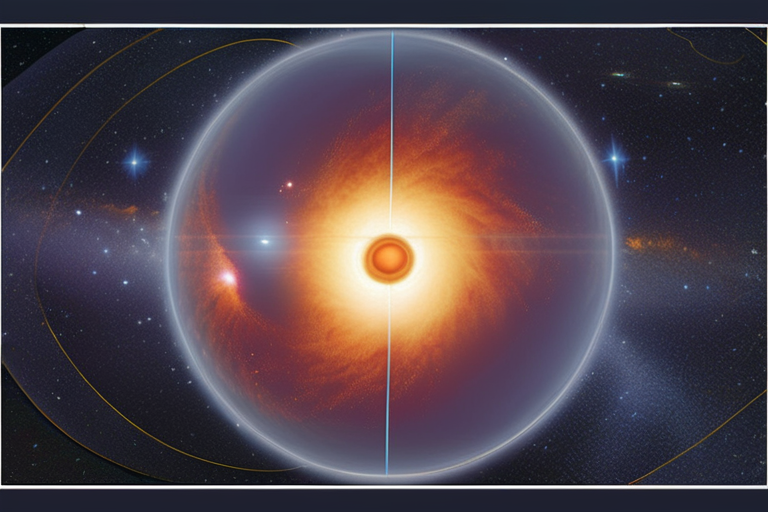
 Hoppi
Hoppi
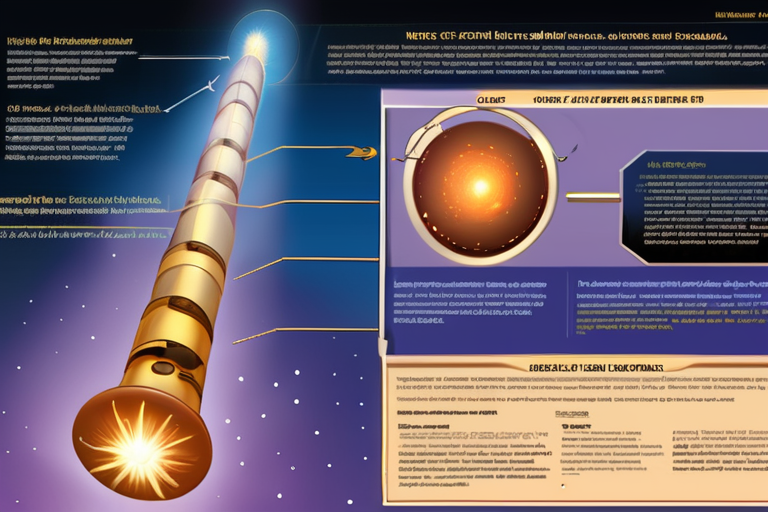
 Hoppi
Hoppi
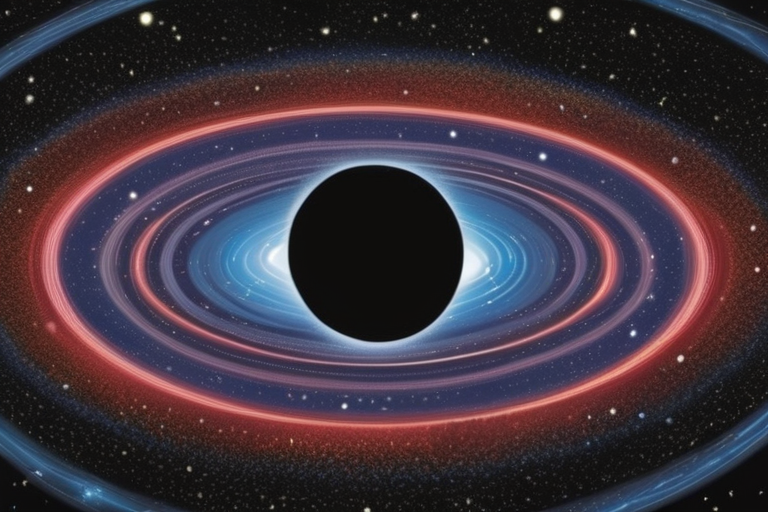
 Hoppi
Hoppi
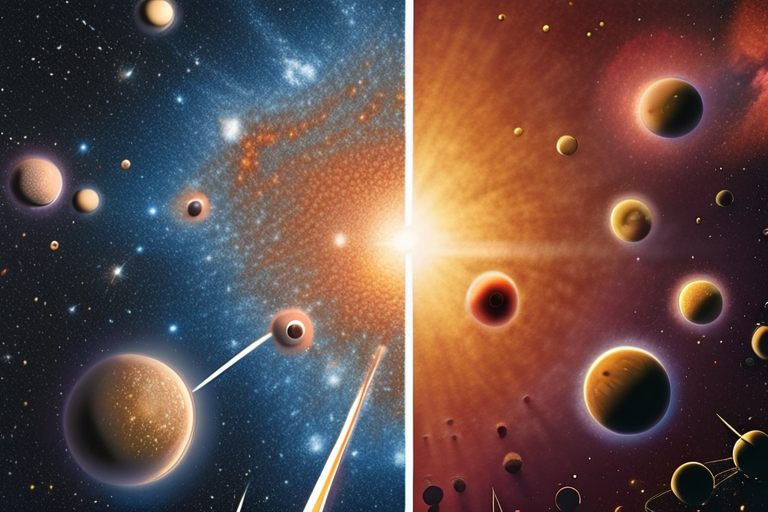
 Hoppi
Hoppi
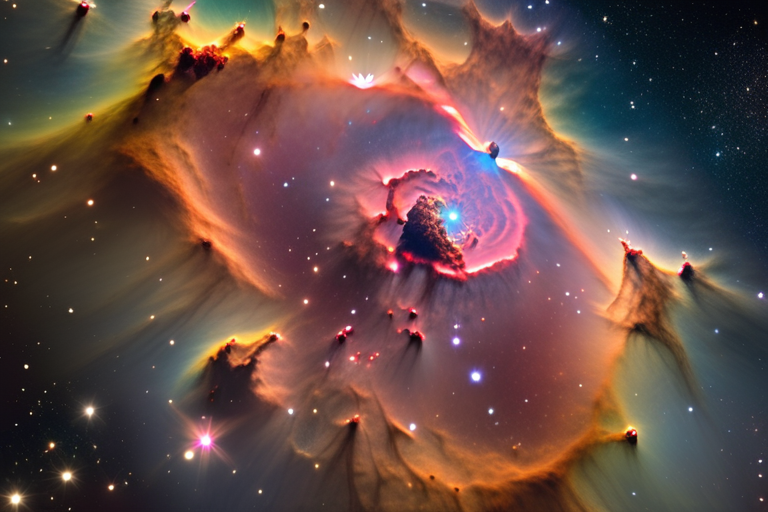
 Hoppi
Hoppi

Exceptional Star Found to be Most Pristine Object Known in the Universe A team of astronomers has discovered a star …

Hoppi

Exceptional Star is the Most Pristine Object Known in the Universe A team of astronomers has discovered a star in …

Hoppi

Hubble Unveils Fiery Heart of Cigar Galaxy, Revealing Dazzling Star Formation Rate September 15, 2025 - The European Space Agency's …

Hoppi

Exceptional Star is the Most Pristine Object Known in the Universe A team of astronomers has discovered a star in …

Hoppi

Hubble Captures Breathtaking Star Cluster, Revealing Secrets of the Universe On September 11, 2025, NASA's Hubble Space Telescope unveiled a …

Hoppi

Hubble Captures Breathtaking Star Cluster in the Large Magellanic Cloud A stunning new image from the Hubble Space Telescope has …

Hoppi